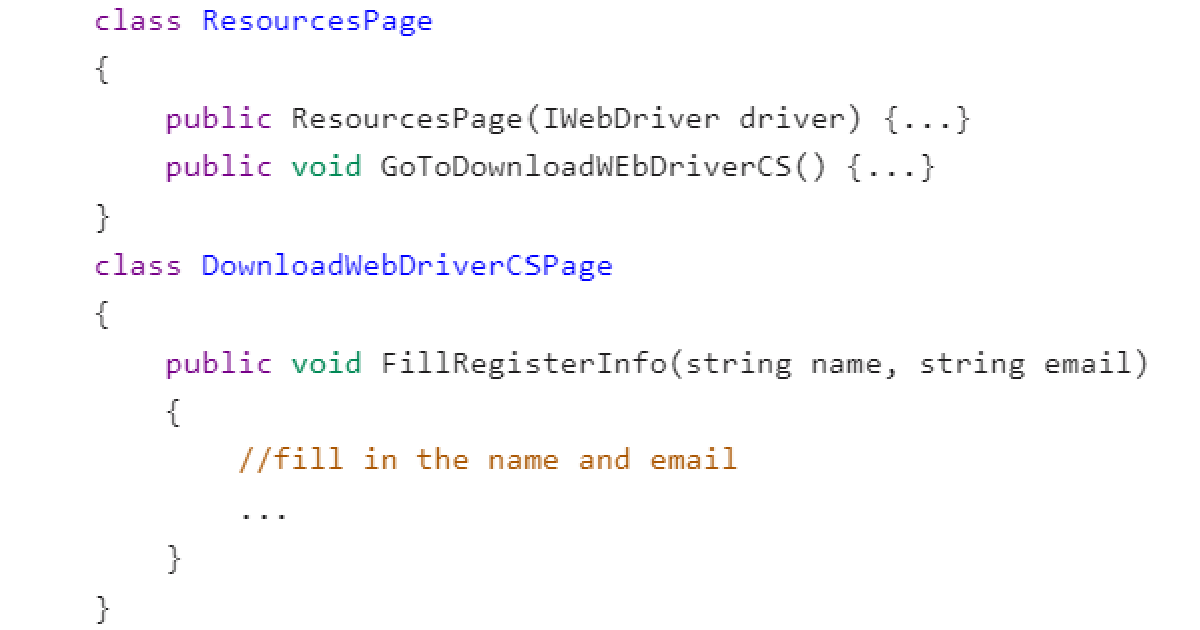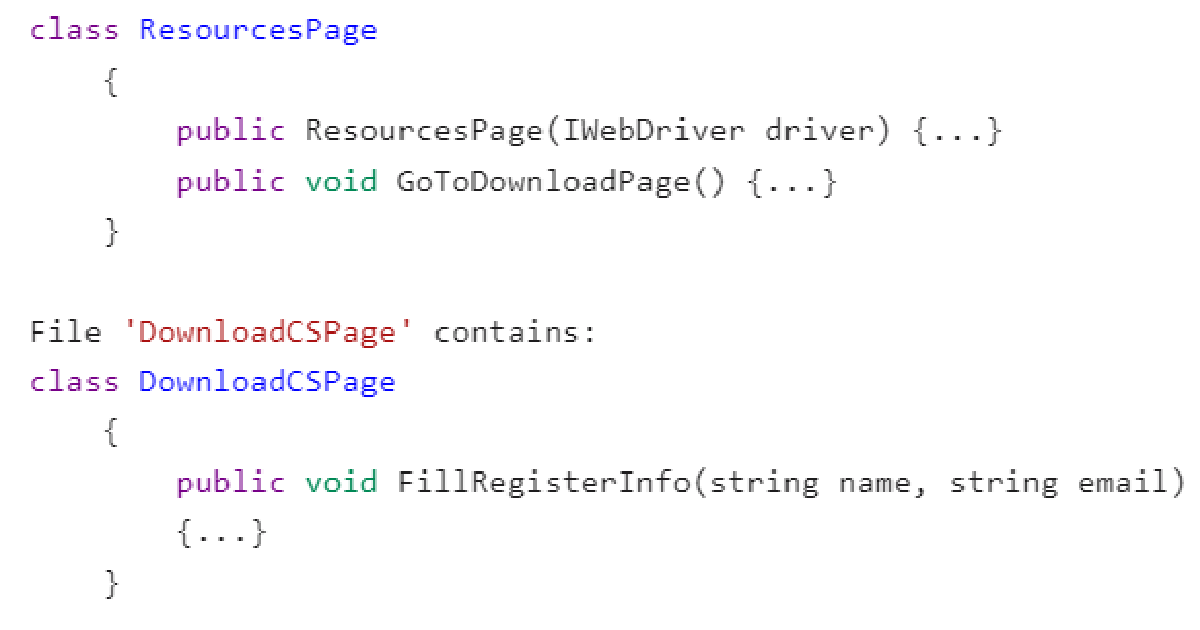Automation testing interview. Steps and tips for employees
Automation testing interview requires a specialist to possess both development and quality assurance skills, which creates a high demand for such specialists. They get to have interesting projects, non-trivial tasks, and high salaries with an average $89,000 per year.
To find out what is the difference between SDET and Test automation engineer, read our dedicated article: Differences between SDET and Software Tester.
To secure a job like this, the candidate must go through the hiring process and prove themselves to be skilled enough for this position. So, we’ve decided to share some tips with you on how to go through this.
Watch our webinar, dedicated to this topic:
Step 1: The CV review
The first step is the most complicated one since you don’t have anything to prove yourself with aside from the CV. So, it has to include all crucial information about you and the fortes you have as well.
The CV review aims to gather a scope of people with corresponding skills and high potential. At this stage, you need to make sure that your qualifications look good but not too much since overqualification can also be an obstacle.
To pass the selection, you need to have what they call a killer resume; a 10 out of 10 shot. Luckily, we have some advice from our experience of hiring.
Here are the tips to create the perfect CV:
1. Get to the point.
The big revelation is that recruiters don’t really read your CV word by word. They scroll through, getting the most of the details and screening you for the correspondence with the requirements. So, keep your resume short and clear (one page ideally), and get closer to the point.
2. Keep things in order.
Make your CV clean. Locate information in sections, the most important on top, the least — on the bottom.
3. Be consistent.
Keep the style, font, and layout consistent throughout the whole CV. It’ll increase its readability giving you a higher chance to be noticed.
4. Add only relevant information.
Only include information relevant to this particular job. Don’t add all the courses, which you took, just to look smarter.
5. Accomplishments vs. tasks.
Expose your impact and value that you had at the previous place of work. Indicate what was the results of your work, not the tasks. For example instead of “mobile app development”, say “integrated muli-touch gestures for 3D workspaces”.
Great way to do that is to use following powerful formula, created by the Former SVP of People Operations at Google, Laszlo Bock:
“Accomplished [X] as measured by [Y] by doing [Z]” — Laszlo Bock
Step 2: Interview with a recruiter
Consider this a personal interview to get to know you better and see if you’re a good fit both in hard and soft skills. You need to be honest about your skills and abilities to still give a good impression.
For us as a company, this step is essential to build a team that can stay on the same page. So, if you’re getting an interview at Agilistry, you can expect questions like:
- What testing documentation did you use?
- What kinds of bug tracking systems did you use?
How to pass the recruiter interview:
- Remember that the recruiter is just an intermediary. They aren’t interested in technical details and you don’t need to overshare. The recruiter will share information about your meet-up and yourself with the technical specialists; they don’t get to decide whether you get the job.
- Be honest. You are the one looking for a perfect position, so you need to be honest to find a good match.
- No need to be nervous. You can always get one more try in another company. We often ask a candidate on an interview again after some period, when a candidate is not a good fit right now but have a potential for improvement. So, being nervous is not an option especially when you could always try again.
- Ask questions. It shows that you’re interested in a long-term position and in the job in general. Be initiative; everyone will appreciate it.
- Do your homework. Get ready for an interview, even if it’s not a technical one. Find the list of the most usable questions and try to answer them yourself prior the meet-up.
Step 3: HR screening
This step can be combined with the second step just to be more time-effective. It has similar objectives; the goal is to find a candidate who shares the company’s values and would fit in. In this step, we tend to explain our corporate culture and work processes to see how we and the candidate would cooperate in the future.
The typical questions you can expect from us in this stage are:
- Which factors are crucial for you in a job search?
- Are you extroverted or introverted?
- What may cause a negative impressions at work for you?
The tips for the HR screening stage:
- Be honest. Tell us more about yourself and what you love; your personal interests and hobbies. A hobby can mean a lot, for example, if your hobby is a sport we’d assume you’re an active person. If you love to crochet, you’re persistent and perceptive.
- Be clear of your values. Think about what is the most important for you in a team. If you won’t give a clear answer, a HR might have a wrong impression of you.
Step 4: Coding screening
This step is essential to check the knowledge of architecture, coding style, and hard skills in general.
Usually, the questions for beginner software testing engineers aren’t so different from the questions we ask of the developers. The crucial knowledge required for the position is the basics of programming languages, frameworks, documents, and libraries. It’s also important to understand which projects can be developed in the programming language you know.
If you’re trying to secure the best position, you need to know what to expect in the coding screening step. For this, we gathered the standard questions that we use in hiring.
1. What is the difference between Reference type variables and Value type variables?
2. Where is the link to the reference type variables?
3. What is the Garbage collector? How does it work?
4. Questions about Abstract classes and interfaces; the differences between them and how they’re used:
- inheritance;
- how it works in Defining the Class method;
- third-party resources use;
- when and how using block is used;
- what is the difference between using an abstract interface class;
- are the multiple inheritances applicable?
If a person has experience in working with Github we ask them to tell us about the problems, history, and conflicts they encountered:
5. How the process of code adding was arranged in the project they worked on?
6. Do they know the Rebase command? Can they explain it? Can they explain the difference between the Rebase and Merge?
7. What is the difference between command Merge and command Cherrypick?
8. Do they know how immutable type is special in practice?
You need to answer basic questions about C# or any programming language. To secure that you know what to say, you may watch the programming language tutorial and see if the basics are known to you.
It’s also common for us to give a candidate the test assignment. Usually, for software development engineers in test, it’s a basic automation task. After the task is completed, we pay attention to how the candidate breaks the code into smaller methods, how they organize the code and understand the tools they use.
As an example, compare these two pieces of code:
The first one:

What is bad about this code – unnecessary comments (use proper method names instead). Also – two classes are being kept in one file (preferably one functional class )
A more proper code would look like:

Here are some tips for you to pass the coding screening successfully:
- – Check the examples of code on Gitline CI/CD;
- – Know what the project of test framework looks like (Nunit Xunit); understand the details in the project, and have a structure for basic knowledge;
- – You don’t have to know the settings from Amazon computers for test reproduction. You don’t need to have an immense Gitlab experience. What is required – the understanding of the testing process;
- – You need to have at least base knowledge of the required programming language;
- – Basic knowledge of required tools is mandatory;
- – Try to create a few small projects for a better understanding of the process.
For us, it’s a good sign when a candidate wants to do something in practice without stopping much on theory.
For example, if a candidate has experience in creating small projects to simplify their own life or workflow; if they have created something for themselves. It indicates the technical thinking, which we strive to see in our candidates.
We highly recommend you to go through the interview only if you have at least some practical experience. Otherwise, the interview will most likely be pointless. Programming is a practical skill after all.
Watch our webinar, dedicated to this topic:
Step 5: Acquaintance with CTO and CEO
We are a boutique company and often our top managers talk to the new employees as a part of the hiring process. This is how we build more personal relations with the candidate and evaluate if we’re a good fit even better.
In this step, you want to be yourself. This is the most valuable and important tip since this is the only thing that defines whether you will be comfortable working with certain people or a team. Long-term working relations are close ties, so we’re going to be ourselves as well.
Ask any questions, be sure to get to know us, and maybe you’ll secure your dream position at Agilistry.
Step 6: Debrief.
We gather to talk about every candidate we have, after we finish the interviews, test assignments, and screenings. The staff that takes part in this process of hiring are:
- recruiter;
- HR manager;
- technical specialist;
- CEO and CTO.
In our team everyone equally affects the choice we make, so prior to the final step, you should focus on everyone who interviews you since everyone has their voice. Don’t try too much to impress CTO or a technical specialist, disregarding the soft skills needed to make a good impression on the recruiter or HR management.
Everything has its toll.
If you are currently in search for a tech position, check out our career section.
***
We hope this article is useful for you and you’ll get the position you dream about. To gain practical knowledge in automation testing framework, apply to our comprehensive course.
Attending iOS Test Automation With XCUITest course will allow you to:
- – Learn the fundamentals of the Swift programming language
- – Develop UI functional tests using XCUITest library
- – Integrate Accessibility Identifiers in-app code for testability
- – Building scalable architecture using Page Object Model and mocking network services
- – Decorate tests with advanced features of XCUITest Library such as Async Wait, First Match API, Activities, Attachments, and Screenshots
Apply here.


